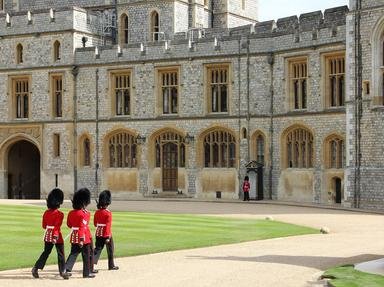Quiz Answer Key and Fun Facts
1. From what culture did the House of Normandy originate?
2. The Treaty of Saint-Clair-sur-Epte, signed in 911, gave the Normans land in an area called Neustria. Eventually it was called Normandy. Where is Normandy located?
3. Who established the House of Normandy in Normandy?
4. The first three leaders from the House of Normandy went by the title "Count". What title was adopted by the fourth ruler, Richard II?
5. Which member of the House of Normandy was the father of the more famous William I of Normandy?
6. Which member of the House of Normandy was the first to also hold the title King of England?
7. The Normans left their mark on England. Which of the following is NOT one of the changes that were made?
8. Which Norman King of England is known for his strengthening of the system of royal justice?
9. Which member of the House of Normandy ruled as Lady of the English?
10. The Normans confined themselves to the areas of England and northern Europe.
Source: Author
ponycargirl
This quiz was reviewed by FunTrivia editor
gtho4 before going online.
Any errors found in FunTrivia content are routinely corrected through our feedback system.
